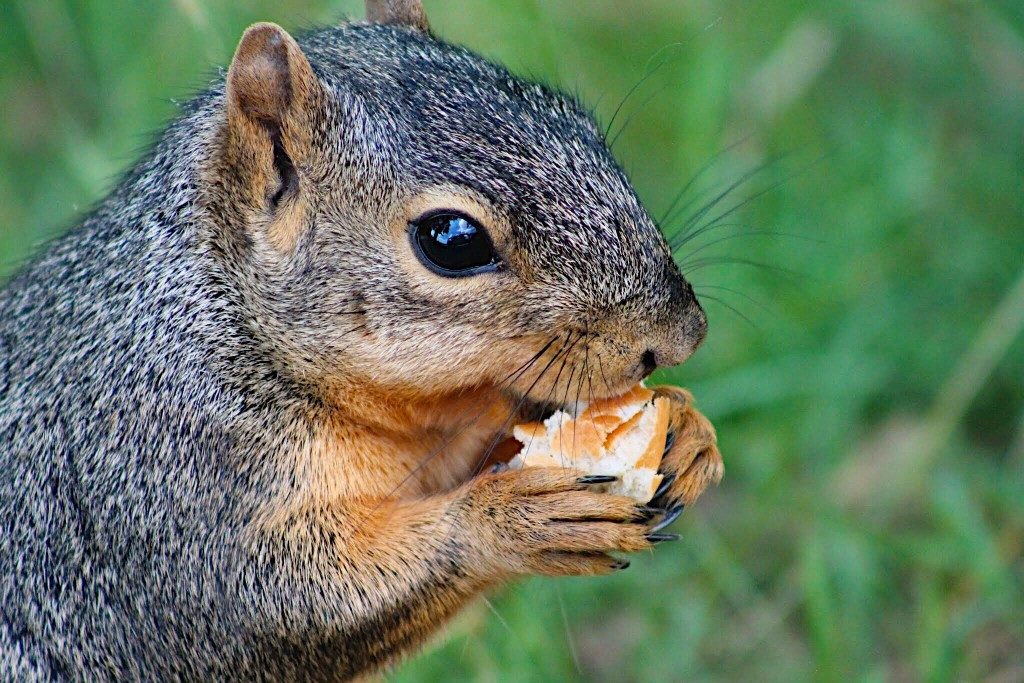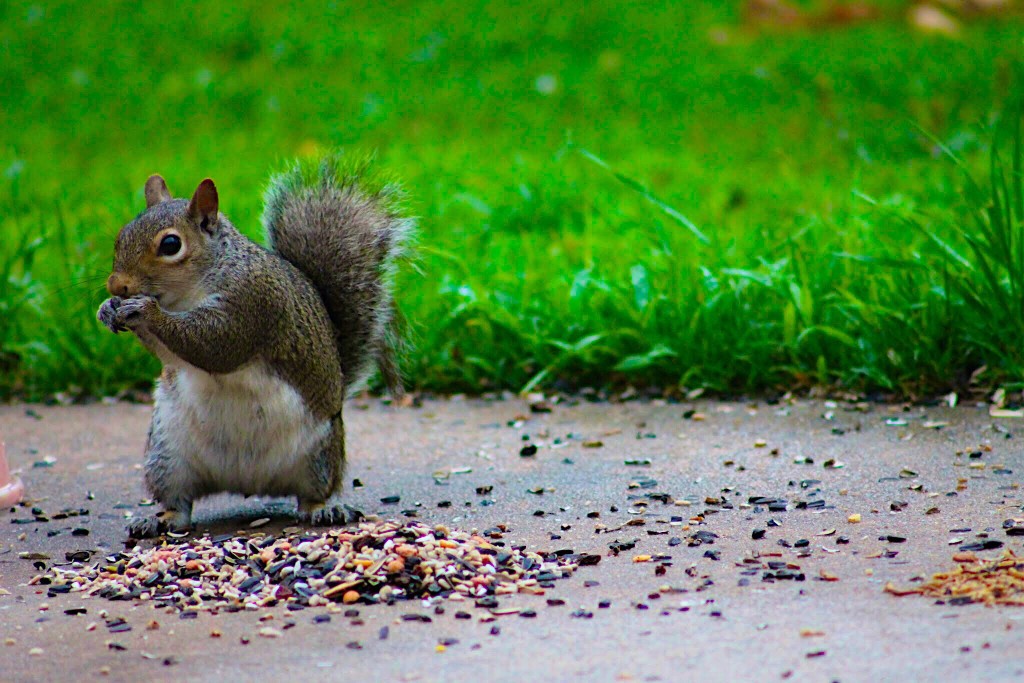The North Carolina critters glow

3 Interesting Flying Squirrel Facts
One of the reasons why humans find flying squirrels so adorable is because of their large, round eyes. However, unlike the wide eyes that endear us to babies and puppies, flying squirrels keep their disproportionately plump peepers into adulthood. Many nocturnal animals, including owls and lemurs, have evolved large eyes to collect more light for better night vision.
While we know that all flying squirrel species are active at night, it wasn’t until recently that scientists discovered that some of them also glow.
Jonathan Martin, an associate professor of forestry at Northland College in Wisconsin, was returning from a hike one night when he saw a flying squirrel glow pink when he shone an ultraviolet light on it. According to a study published in the Journal of Mammalogy in 2019, a team of researchers led by Allison Kohler discovered that all American flying squirrels fluoresce at night. They also discovered that the undersides of flying squirrels glow brighter. The researchers have several theories as to why the squirrels emit a fluorescent effect at all, including avoiding predators at night, communication among the squirrels, and navigation of snowy and icy terrain.
2. A “patagium” is a furry, parachute-like membrane that connects a flying squirrel’s front and back limbs (the plural is patagia). As the squirrel falls, these flaps catch air, allowing it to propel itself forward rather than plummet. However, flying squirrels have another trick up their sleeves to ensure that the patagia get enough air: cartilage spurs at each wrist that can be extended almost like an extra finger, stretching out the patagia further than the squirrel’s tiny arms could on their own.
When a flying squirrel needs to get to a tree that is out of reach, it simply leaps into the night, as seen in the video above. It then stretches out its patagia and begins gliding by extending its limbs, including its wrist spurs. It lands on the trunk of its target tree, its claws gripping the bark, and scurries to the other side to avoid any owls who might have seen it glide.
A North Carolina state project revealed an interesting fact about the native flying squirrel species this year. They apparently glow a shade of pink when placed under an ultraviolet light. The information was posted by the group known as Candid Critters. Candid Critters’ mission is to uncover little known details about the distribution of mammals in the state.
The Southern Flying Squirrel is native to North Carolina and is probably one of the most encountered species in the state. It can be found in urban areas as well as in forests, in the lowlands of the Coastal Plain and at elevations up to 4,500-5,000 feet.It has a cape of loose skin that spans their arms that they use to glide from tree to tree, mostly at night. Source
For facts and info about flying squirrels, check out Triangle Wildlife Removal & Pest Control, Inc.
Flying squirrels in NC capable of ‘glowing pink,’ experts say
Bigfoot is apparently not the craziest thing you might find in North Carolina’s backwoods.
A state project revealed an odd fact about flying squirrels in North Carolina. “Just another boring rodent, right?” said a post on the NC Candid Critters Facebook page. “Not unless you think that glowing pink is boring!”
“All species of flying squirrel in North American have been found to fluoresce pink under ultraviolet light.” Read more
Summary: A North Carolina state project revealed an interesting fact about the native flying squirrel species this year. They apparently glow a shade of pink when placed under an ultraviolet light.
Southern Flying Squirrel Information
This diminutive rodent with the big saucer-like eyes is probably the most common mammal never seen by humans in North Carolina. It occupies habitat similar to that of the gray squirrel and, to a lesser extent, the fox squirrel, yet because it is a nocturnal species, it is not seen as often as the other two. It is truly arboreal, gliding from tree to tree on folds of outstretched skin. Learn more
Summary: The Southern Flying Squirrel is native to North Carolina and is probably one of the most encountered species in the state. It is a nocturnal animal that uses its loose skin to glide from place to place.
